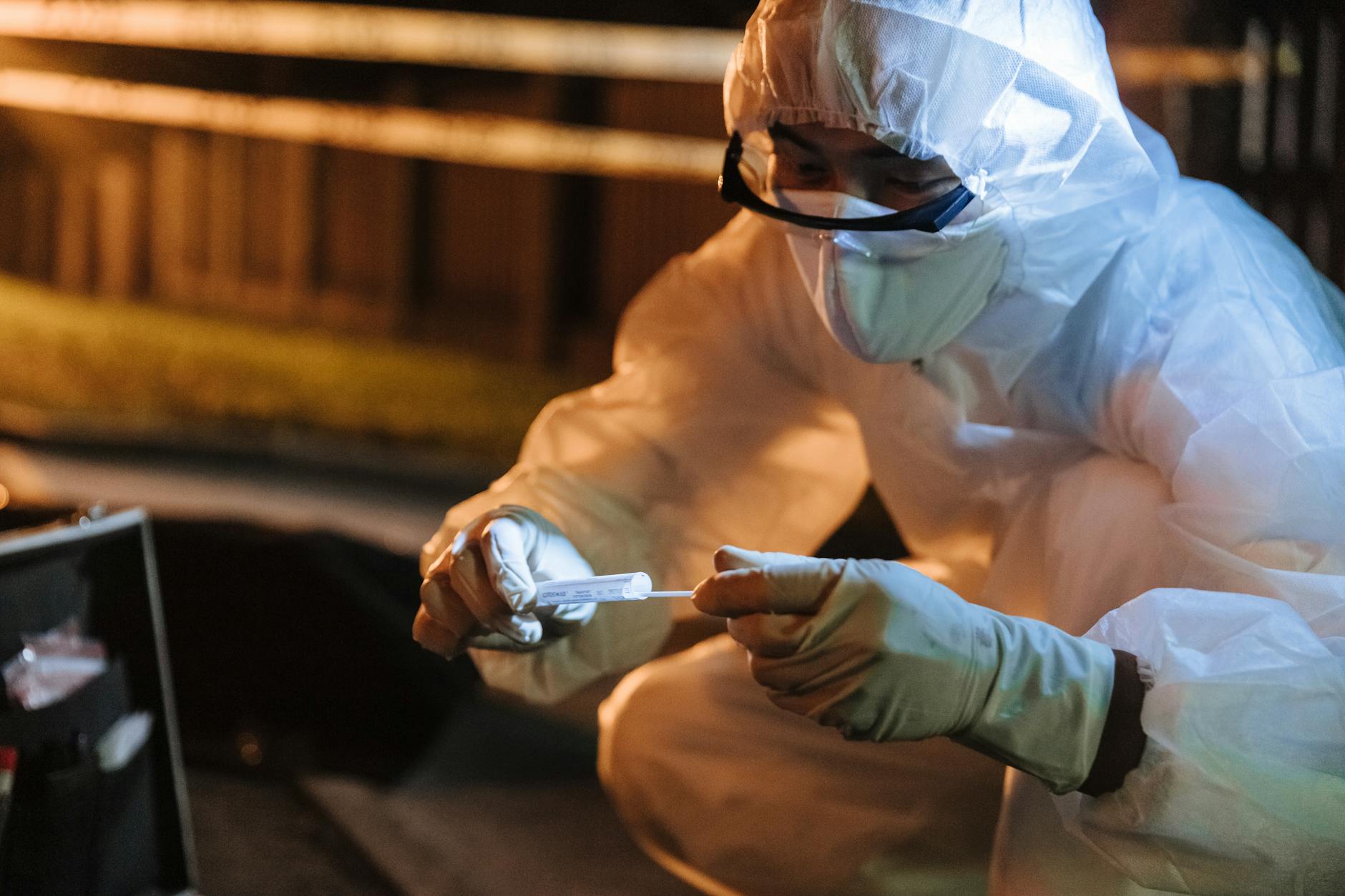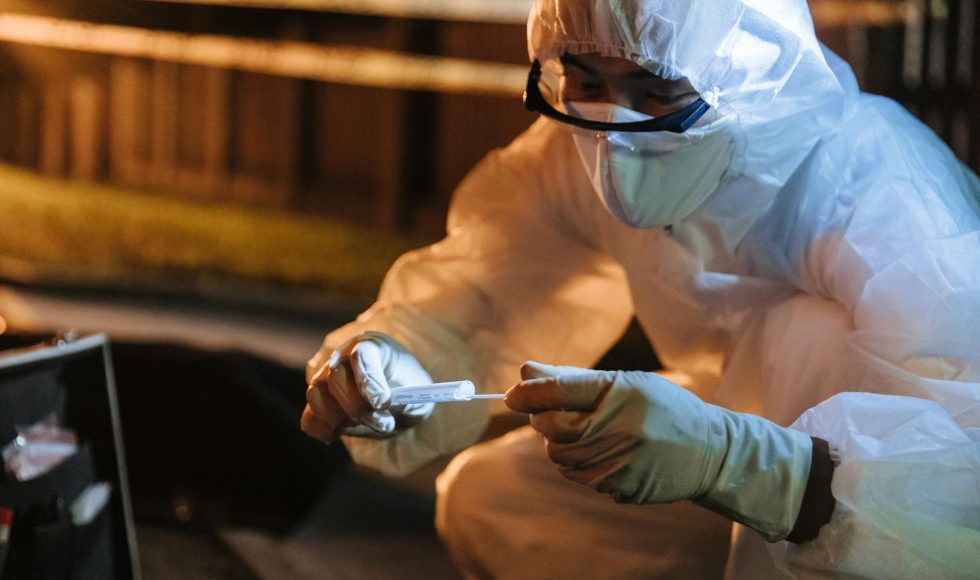Rebecca Richards from the University of Auckland in New Zealand presented at London Calling 2019 on “Biological evidence of the future: the use of sequencing in forensic science.” They spoke about forensic DNA profiling by analyzing STRs and capillary gel electrophoresis. This analysis looks at the length of the repeats. However, there are limitations: no link to a match in the database, links to the DNA profile of multiple individuals, and complicated mixtures. With next-generation sequencing, more information can be obtained from the markers. It is now possible to obtain sequence in addition to length, which increases the power to discriminate. This information can help exclude people. Mixture deconvolution is now improved with allele variants. Sequencing may also provide contextual information about the type of sample/fluid, for example. Few labs, noted Richards, have completed the validation process for using sequencing approaches for forensic work. At the time, Richards explained that only six scientific articles use Oxford Nanopore Technologies sequencing. The first challenge is the error rate in homopolymer regions. Samples used for forensics are typically degraded. The amplicons used for forensics are typically short. Thus, Richards mentioned new primers may need to be designed. Richards is optimistic that Nanopore sequencing may be used in the field to obtain information about the person of interest and context, including age and maybe geographic location.



